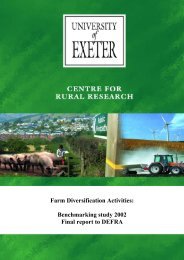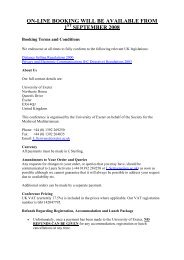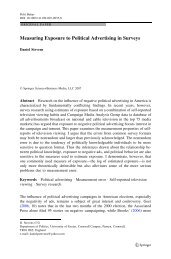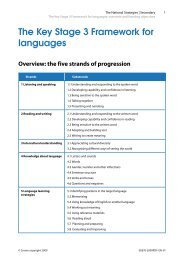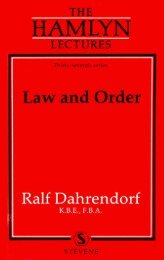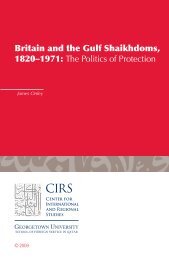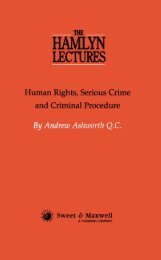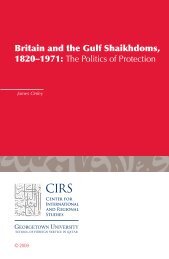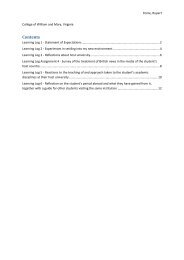Blackstone's Tower: The English Law School - College of Social ...
Blackstone's Tower: The English Law School - College of Social ...
Blackstone's Tower: The English Law School - College of Social ...
Create successful ePaper yourself
Turn your PDF publications into a flip-book with our unique Google optimized e-Paper software.
<strong>The</strong> <strong>Law</strong> Library<br />
also contain secondary stories—<strong>of</strong> the particular proceedings or <strong>of</strong><br />
the development <strong>of</strong> prior solutions or, occasionally, the life-stories<br />
<strong>of</strong> one or more participants. 31 Imagine that every week, in this<br />
country alone, dozens <strong>of</strong> such morality tales were added to the<br />
collection, each one telling a new story which raised hitherto unresolved<br />
questions or doubts—and that around the <strong>English</strong>-speaking<br />
world the same process is going on, so that in any one year thousands<br />
<strong>of</strong> fresh items are added to the collection. Imagine, then, that<br />
there is a whole industry <strong>of</strong> specialist editors and publishers who<br />
select, package, index, cross-reference, produce and distribute<br />
these anthologies systematically and regularly, and that there are<br />
also secondary industries <strong>of</strong> critics, commentators, synthesisers and<br />
summarisers making the collection accessible and convenient to<br />
use for a variety <strong>of</strong> purposes. Nowhere in literature, folklore,<br />
mythology, or even medicine or social work, does such a collection<br />
exist. But it exists in law.<br />
<strong>The</strong>re are, at least, three other characteristics <strong>of</strong> the law reports<br />
that deserve special emphasis: they are authentic; they are detailed;<br />
they are interconnected.<br />
(a) Authenticity. <strong>The</strong> law reports are authentic in the sense that the<br />
facts arose out <strong>of</strong> actual disputes rather than out <strong>of</strong> the imagination<br />
<strong>of</strong> an individual or a community: unlike myths, legends, fiction<br />
or hypotheticals dreamed up by academics such as the prisoner's<br />
dilemma, the Cretan liar paradox, or the rodeo problem 32 , they<br />
come fairly directly from "the real world". One does not need to<br />
adopt a correspondence theory <strong>of</strong> truth to see that this is highly<br />
significant. One may readily agree that the stories in the law reports<br />
have been constructed, processed, and packaged in ways that <strong>of</strong>ten<br />
take them a long way from the original events and that "the facts"<br />
are <strong>of</strong>ten homogenised or distorted or translated into lawyers' categories<br />
that may make them almost unrecognisable to the original<br />
participants. Some facts, as in the famous case <strong>of</strong> Donoghue v.<br />
Stevenson, were merely allegations that were never proved by evidence.<br />
33 Even if one concedes all <strong>of</strong> these points, which can easily<br />
be overstated, the stories presented to the judges, the commentators,<br />
and other readers came from outside. Also, very few cases<br />
reach the law reports in which the facts were not backed by carefully<br />
sifted evidence—which is not to say that "the facts" are<br />
always true. Modern law reports are also authentic in another<br />
sense: they are pr<strong>of</strong>essionally edited by barristers and the texts <strong>of</strong><br />
the judgments contain the judges' own words. In that sense they<br />
103



